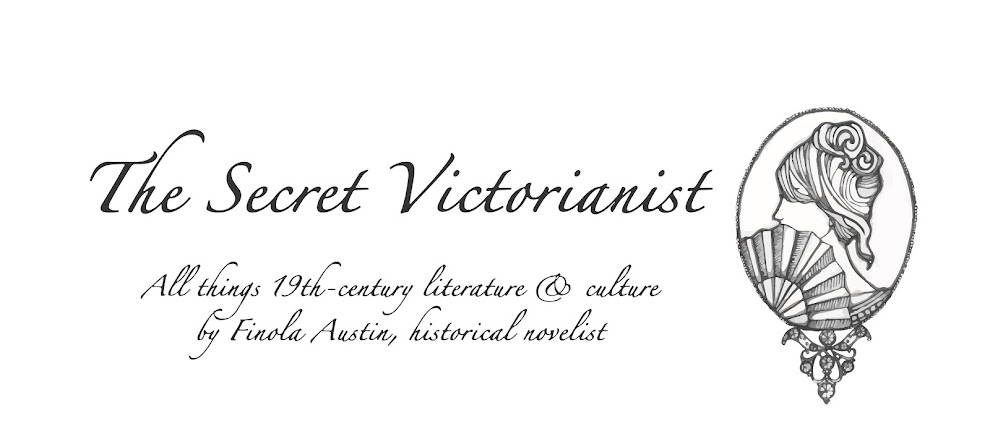Last week one of my Facebook fans recommended I read perhaps
the craziest nineteenth-century novel I’ve ever come across –Grant Allen’s 1891
What’s Bred in the Bone. If you’re
after a novel with identical twin heroes who get toothache simultaneously, a
heroine who struggles to overcome an overwhelming desire to dance with snakes
(or feather boas), murder, illegitimacy and a rather morally dubious spell of
diamond-hunting in South Africa, (after all who isn’t?!) then this one’s definitely
for you. Thanks for the recommendation, Brian!
 | |
| The Snake-Charmer, John Evan Hodgson |
For general readers:
Allen wrote this novel as a competition entry and it’s not difficult to see why
he beat 20,000 other entries to pocket the sizeable £1,000 prize money. What’s Bred in the Bone is ridiculous but also ridiculously fun,
and well-written enough to be incredibly readable. The novel isn’t one which
leaves readers guessing – it’s apparent to us immediately who the father of the
Waring twins must be and, later in the novel, that neither of them is responsible
for murder – but it is difficult to guess exactly how everything will work out,
especially as the odds mount against the ‘good’ characters. The plot is well
thought through (if coincidence-laden), although the central moral – that the
pedigree of your breeding will shine through in your actions – may seem a
little unsavoury. The ending ties everything together nicely, although I was
left with a few important questions. How is Elma an abbreviation of Esmeralda? Did
Gilbert Gildersleeve QC ever see his wife do the crazy snake dance? And did
Cyril get rid of his snake?!
For students: I
think this is definitely one to throw into an essay to impress and amuse your
lecturers. What’s Bred in the Bone is interesting in its
treatment of criminal justice, Africa and the diamond trade, foreign blood (described
as Romanian, gypsy and Oriental), and railway accidents (of which there is a particularly
dramatic example in the opening pages). The importance of marital records, level
of detail as regards transportation times and written correspondence and trial
scene also link the novel to many of the tropes of sensation fiction.
Canadian born Grant Allen is largely under-studied today,
apart from his 1895 novel The Woman Who
Did (an example of New Woman literature), and What’s Bred in the Bone would be a lively example of some of his
lesser-known work. Allen’s prominence as a scientific writer and proponent of
evolution is also a notable context for the rather more dubious scientific claims
made at times in the novel, which could merit from further study.
Have you read any Grant Allen? Do you know of an even stranger nineteenth-century novel you’d love the Secret Victorianist to review? Let me know – here, on Facebook or by tweeting @SVictorianist!

Good of you to do this. Being one not nearly so well-versed in Victorian literature, I was interested - and perhaps a bit relieved - to learn that you too consider What's Bred in the Bone crazy. I first read this particular Allen in 2011, drawn by the fact that 95 years later Robertson Davies published a novel with the very same title. If interested, you can find my own thoughts on the Victorian What's Bred in the Bone here.
ReplyDeleteThe first Allen I read was Michael's Crag (1893), about an English civil servant who believes he is the archangel Michael. I've never looked back. Not all Allens are so strange, but most are in the same league. For sheer craziness, I recommend For Maimie's Sake (1886) and The Devil's Die (1888). Apparently, Shaw thought that the latter was one great story.
Thanks Brian! It was a great recommendation and I may well dip into some more Allen soon :)
DeleteReading this now. Love it so far. Don't you think the uncontrollable dancing boa scene is really a late-Victorian masterbation scene?
ReplyDeleteAlmost certainly yes!
Delete